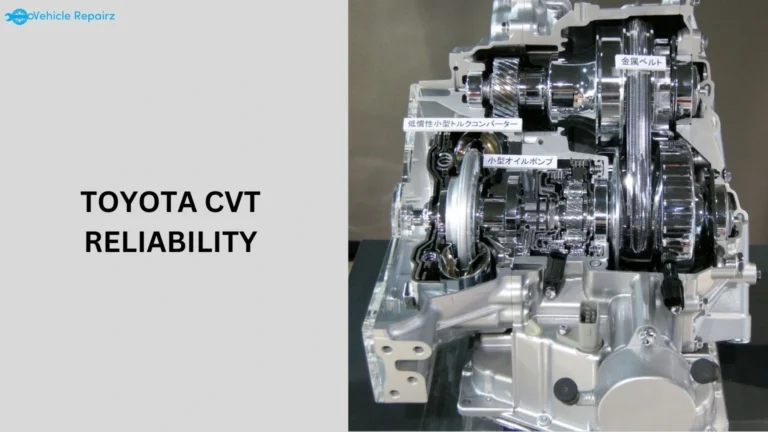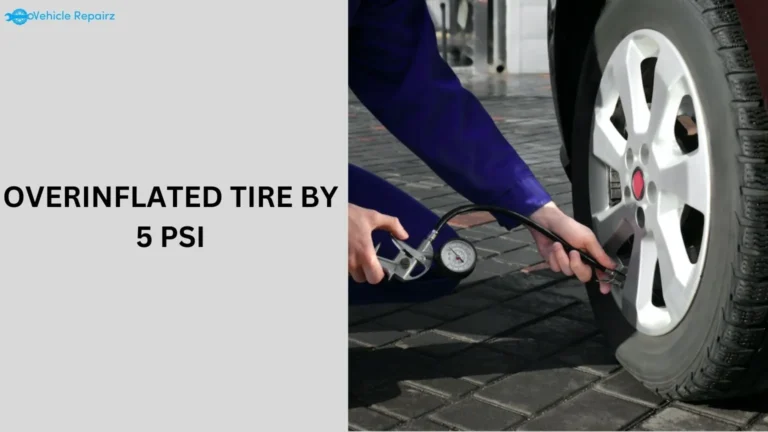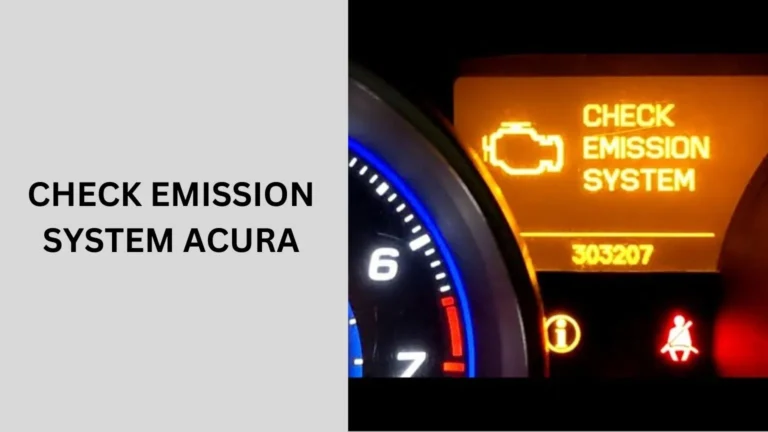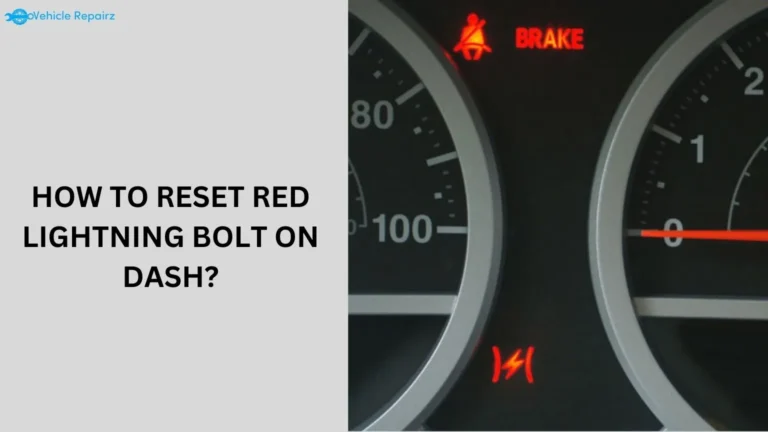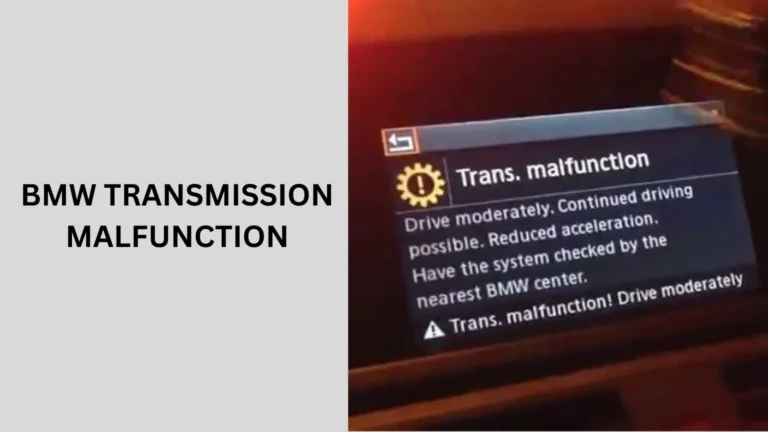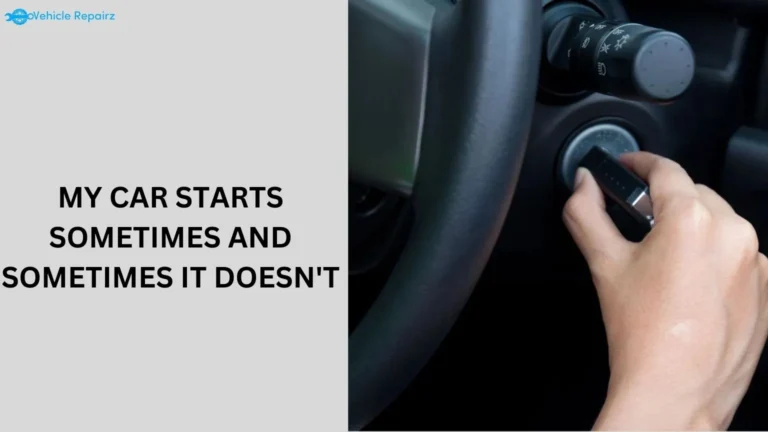SVC Tire Monitor Chevy Malibu: What You Need to Know
If you’re driving a Chevy Malibu and notice the SVC Tire Monitor warning on your dashboard, it’s important to understand what this means and how to address it.
In this guide, we’ll dive into the SVC tire monitor Chevy Malibu system, how it works, and what steps you can take when it signals a problem.
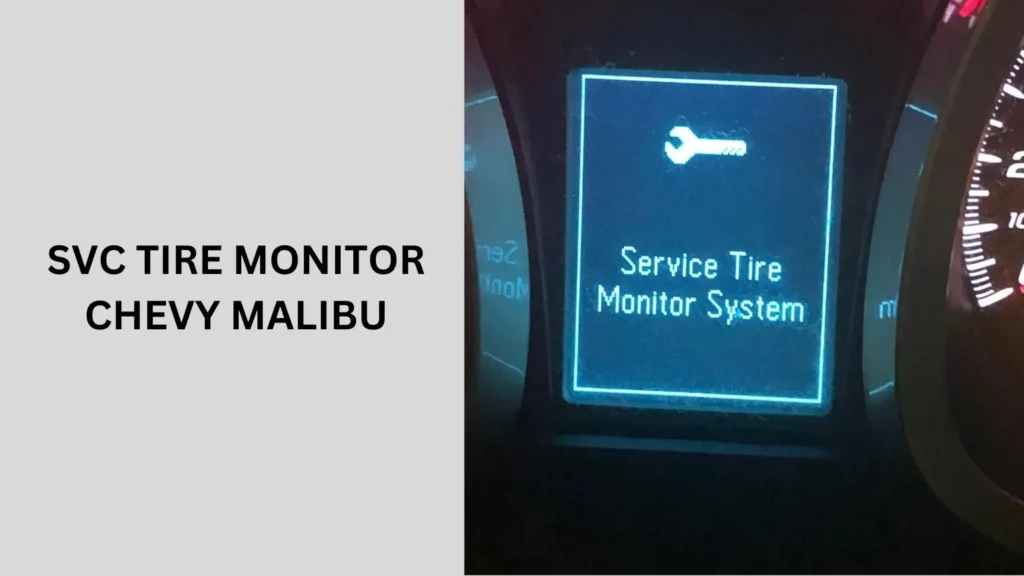
What Is the SVC Tire Monitor in a Chevy Malibu?
The SVC Tire Monitor system in a Chevy Malibu is part of the Tire Pressure Monitoring System (TPMS).
Its job is to monitor the air pressure in your tires and alert you when the pressure drops below the recommended level.
Keeping your tires properly inflated ensures better fuel efficiency, smoother driving, and increased safety.
How Does the Tire Pressure Monitoring System Work?
The TPMS in your Chevy Malibu uses sensors in each tire to track air pressure. When the tire pressure falls below a specific threshold, the svc tire monitor message appears on your dashboard. This is a signal to check your tires and inflate them to the recommended PSI.
Why Does the SVC Tire Monitor Light Come On?
Several reasons could trigger the svc tire monitor Chevy Malibu warning light:
- Low tire pressure: The most common reason is that one or more tires have lost air pressure.
- Damaged sensor: The TPMS sensor in one of your tires could be malfunctioning.
- Extreme temperatures: Sudden changes in weather can cause tire pressure to fluctuate.
- Tire puncture: A slow leak from a nail or other debris can cause low tire pressure over time.
Common SVC Tire Monitor Chevy Malibu Issues
The following issues are common causes of svc tire monitor warnings:
- Faulty TPMS Sensor: Sensors wear out over time, especially in older Chevy Malibu models.
- Tire Imbalance: Poor tire rotation or alignment can confuse the system, leading to a warning.
- Tire Damage: Even small punctures can cause a loss of pressure, which triggers the warning.
How to Reset the SVC Tire Monitor on a Chevy Malibu
When you’ve checked your tire pressure and confirmed that everything is in order, but the SVC Tire Monitor light is still on, you may need to reset the system. Here’s a quick guide to resetting it:
Steps to Reset the SVC Tire Monitor Chevy Malibu
- Turn the ignition on but do not start the engine.
- Press and hold the TPMS reset button, usually located under the steering wheel, until the tire pressure light blinks three times.
- Drive the vehicle for about 20 minutes to allow the system to recalibrate.
- Check the light: If it doesn’t turn off after these steps, there may be a sensor issue.
Troubleshooting the SVC Tire Monitor Chevy Malibu
If resetting the system doesn’t resolve the issue, you may need to look into other potential problems. Here are a few troubleshooting steps you can try:
Check Tire Pressure Regularly
The first thing to do when you see the svc tire monitor warning is to manually check the tire pressure. Use a reliable tire pressure gauge and inflate each tire to the recommended PSI (usually found on the driver’s side door frame).
Inspect TPMS Sensors
If the tire pressure is correct but the warning light stays on, a TPMS sensor may be faulty. TPMS sensors can be damaged by road debris or wear out over time. In this case, you’ll need to replace the damaged sensor.
Visit a Professional Mechanic
If the SVC Tire Monitor light persists despite checking the pressure and resetting the system, it’s time to visit a professional. A mechanic will be able to diagnose the exact issue, whether it’s a faulty sensor or another problem with your tire monitoring system.
Cost of Replacing TPMS Sensors in a Chevy Malibu
Replacing a faulty TPMS sensor in your Chevy Malibu can range in cost, depending on whether you opt for OEM (Original Equipment Manufacturer) parts or aftermarket sensors.
- OEM sensors: Typically cost between $50-$100 per sensor.
- Aftermarket sensors: Usually more affordable, ranging from $20-$50 each.
Is It Worth Replacing TPMS Sensors?
While it might seem like an added expense, keeping your svc tire monitor Chevy Malibu system functioning properly is important for your safety and vehicle performance. It ensures your tires are always properly inflated, preventing premature tire wear and improving gas mileage.
Importance of Addressing the SVC Tire Monitor Warning
Ignoring the SVC Tire Monitor warning can lead to several potential issues. Under-inflated tires are dangerous because they reduce your vehicle’s handling ability and increase the likelihood of a blowout.
Proper tire inflation also ensures better fuel efficiency, which saves you money in the long run.
Preventing Future SVC Tire Monitor Problems
To avoid future svc tire monitor Chevy Malibu problems, keep these tips in mind:
- Regularly check tire pressure: A simple check every month can prevent low-pressure issues.
- Rotate your tires: Follow the manufacturer’s recommended tire rotation schedule to ensure even wear.
- Inspect your tires for damage: Regularly check for punctures, cracks, or worn tread.
How Often Should I Check My Tire Pressure?
It’s best to check your tire pressure at least once a month, especially before long road trips. Seasonal temperature changes can also affect tire pressure, so be extra vigilant during the winter and summer months.
People also ask
What does svc tire monitor mean on a Chevy Malibu?
The “SVC Tire Monitor” message on a Chevy Malibu indicates an issue with the Tire Pressure Monitoring System (TPMS).
It alerts the driver that one or more tires may have low air pressure, or there could be a malfunction with the tire pressure sensors.
Checking and adjusting the tire pressure or resetting the system typically resolves the issue.
If the warning persists, there may be a need for sensor replacement or professional diagnostics.
Can I drive with the SVC tire monitor on?
Yes, you can drive with the SVC Tire Monitor light on, but it’s not recommended for long periods. The warning usually means one or more tires have low pressure or there’s a sensor issue.
Driving on under-inflated tires can reduce handling, increase tire wear, and raise the risk of a blowout.
It’s best to check your tire pressure and fix any issues promptly for safe driving.
How to reset svc tire monitor chevy malibu?
To reset the SVC Tire Monitor on a Chevy Malibu:
Turn the ignition on without starting the engine.
Press and hold the TPMS reset button (usually under the steering wheel) until the tire pressure light blinks three times.
Drive the vehicle for about 20 minutes to allow the system to recalibrate.
How can I fix service tire monitor system?
To fix the Service Tire Monitor System:
Check and Inflate Tires: Ensure all tires are at the recommended pressure.
Reset the TPMS: Use the reset button or follow your vehicle’s reset procedure.
Inspect TPMS Sensors: Replace any faulty sensors if necessary.
Seek Professional Help: If the issue persists, consult a mechanic for a thorough inspection and repair.
Conclusion
The SVC Tire Monitor Chevy Malibu system is a critical feature that helps ensure your tires are safe and properly inflated. If you see the warning light, don’t ignore it—check your tires and address any issues immediately.
With proper maintenance, you can keep your tire pressure in check and avoid costly repairs down the road.

